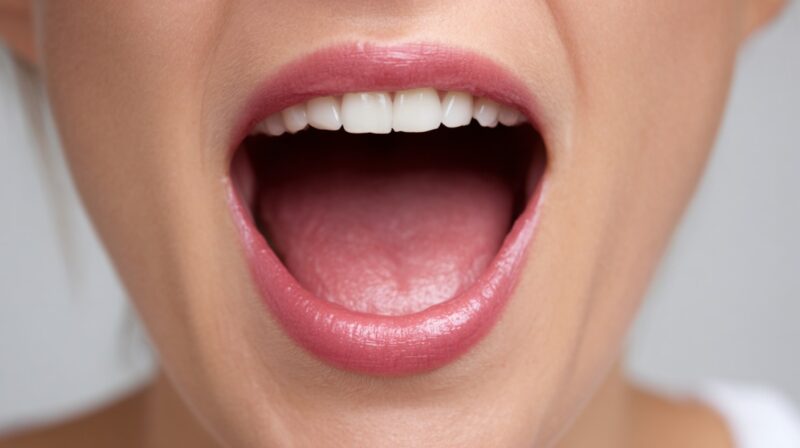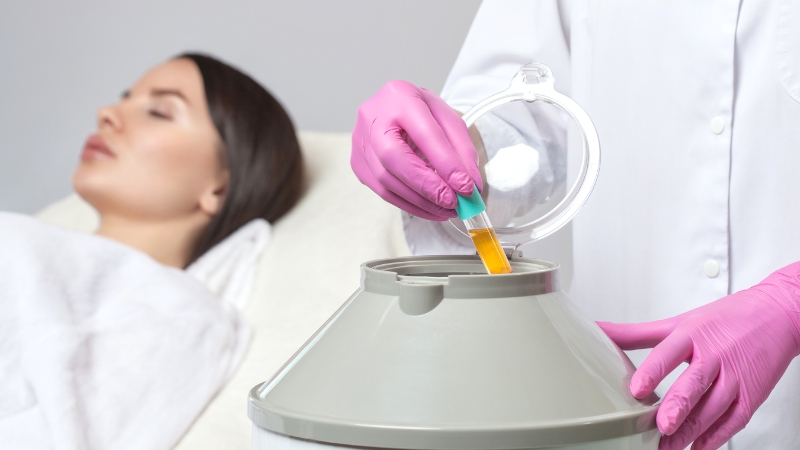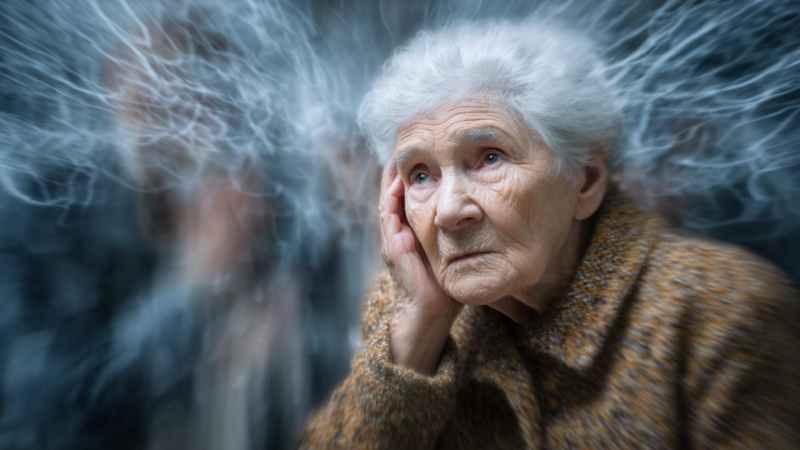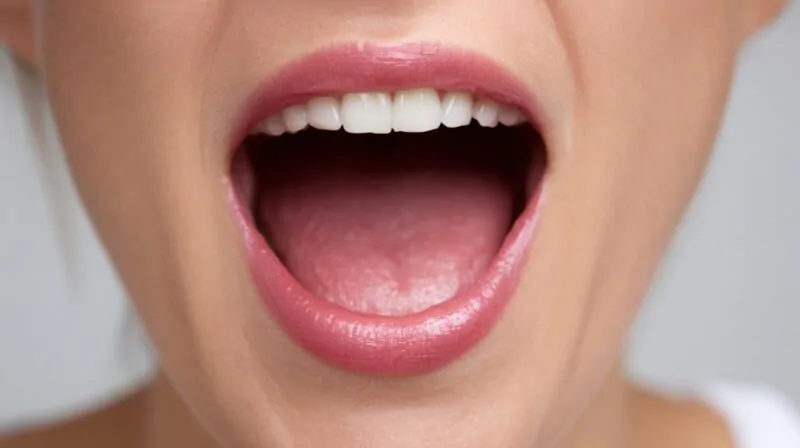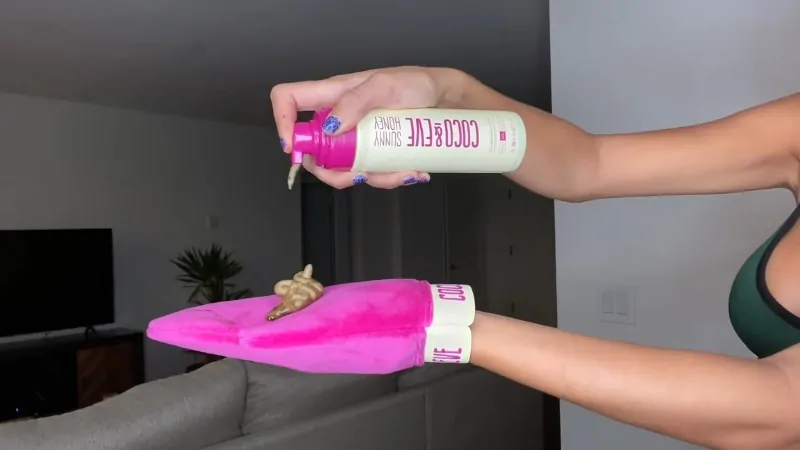
Share Post:
Yes, self-tanner does expire, and using an old product can lead to streaky, uneven results or even skin irritation. Most self-tanning products are formulated to last about 6–12 months after opening, though some may remain stable for up to 24 months if unopened and stored properly.
The active ingredient in most formulas, dihydroxyacetone (DHA), gradually loses its effectiveness over time, meaning your tan may come out lighter, patchier, or not develop at all if the product is past its prime. Checking your bottle’s expiration date, consistency, and smell is the best way to know whether it’s still good to use.
Table of Contents
ToggleWhy Self Tanner Has a Shelf Life
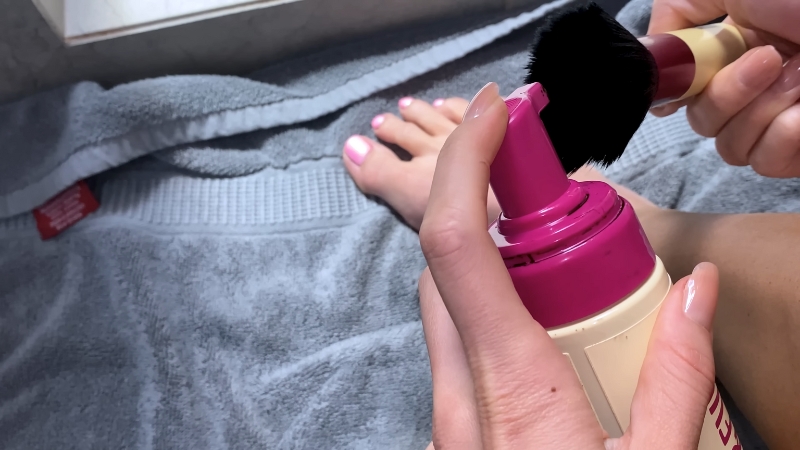
Self-tanners rely on DHA, a colorless sugar that reacts with amino acids in the top layer of your skin to produce a brownish pigment.
Over time, DHA breaks down due to exposure to oxygen, heat, and light, reducing its ability to produce a natural-looking tan. Other ingredients – like moisturizers, fragrance, and stabilizers- can also degrade, altering the product’s texture and scent.
Most brands print a PAO (Period After Opening) symbol on the packaging, which shows a number followed by an “M” (e.g., “12M” means 12 months after opening). Once that time frame passes, performance and safety can no longer be guaranteed.
Signs Your Self Tanner Has Expired
Even if you can’t find a date on the bottle, there are clear signs that a self-tanner is no longer fresh:
Sign
What It Means
Why It Matters
Strange smell
Sour, chemical, or rancid scent
Ingredients may have broken down, possibly irritating the skin
Color change
The formula looks darker or separated
DHA degradation or oxidation
Texture change
Clumps, separation, or watery layer
Product stability compromised
Weaker results
Tan develops lighter or fades faster
The active ingredient has lost potency
If you notice any of these, it’s safer to replace the product than risk a poor application or skin reaction.
How Long Does Self Tanner Last Unopened vs. Opened?
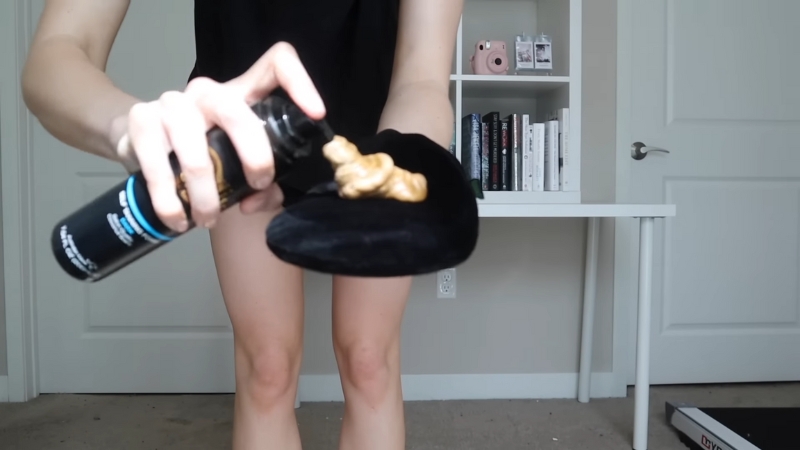
- Unopened: Around 18–24 months if stored in a cool, dark place away from heat and direct sunlight.
- Opened: Around 6–12 months before the quality starts to noticeably decline.
High temperatures, such as leaving your tanner in a hot car or near a bathroom heater, can cut its lifespan in half. Always keep it in a cool, dry cabinet with the lid tightly closed.
How to Check for an Expiration Date
Some self-tanning brands print a specific expiration date, while others use the PAO symbol. Here’s what to look for:
Indicator
How to Find It
What It Means
PAO symbol
Small jar icon with “6M”, “12M”, etc.
Months’ product stays fresh after opening
Manufacture date
Printed on the bottom or the crimp of the tube
Use within 12–24 months
Expiration date
Often in MM/YY format
Do not use past this date
If you can’t find any labeling, check the brand’s website or contact their customer service with the batch code.
Risks of Using Expired Self Tanner
While expired self-tanner generally isn’t as hazardous as spoiled food, it can still cause unwanted skin reactions and disappointing results. The biggest risk comes from the breakdown of active ingredients like DHA (dihydroxyacetone) and supporting components such as moisturizers, emulsifiers, and preservatives.
Over time, these compounds can oxidize, separate, or lose stability, which changes the product’s performance.
- Skin Irritation – As the formula degrades, preservatives may lose their effectiveness, allowing bacteria or mold to develop. Even without contamination, the chemical changes in expired ingredients can lead to redness, itching, dryness, or even mild rashes, especially for those with sensitive skin.
Uneven Application – Expired self-tanner can separate into watery and clumpy layers, making it difficult to apply smoothly. This can result in streaks, patchy color development, or areas that don’t tan at all. - Poor Color Payoff – Since DHA is the primary tanning agent, its breakdown over time means it won’t react with skin proteins as effectively. You may end up with a much lighter color than expected, or a tan that fades within a day or two.
- Shorter-Lasting Results – Even if color develops initially, the breakdown of moisturizers and emollients in the formula can cause the tan to fade more quickly because the skin dries out faster.
- Potential Allergic Responses – For individuals prone to allergies, chemical changes in old formulas can trigger new sensitivities, even if the product was previously well-tolerated.
Using an expired product isn’t worth the risk—especially when it may waste your time with a poor result and could leave your skin irritated for days.
How to Extend Your Self Tanner’s Shelf Life
@idawargbeauty Svarar @Mayapiraya by prepping properly & taking care of your tan after, it will last longer 🥰✨ #idawargbeauty #fyp #selftan #selftantok #answer #answeringquestions #qa ♬ Walking in the Air – Muspace Lofi
Self-tanners are most effective when stored and handled with care. Since DHA and other active ingredients are sensitive to heat, light, and oxygen exposure, proper storage can significantly extend their usable life and keep them working at full strength.
- Store in a Cool, Dark Place – Heat accelerates the breakdown of DHA, while direct sunlight can degrade other ingredients and fade any added pigments. Keep your tanner in a cabinet, drawer, or closet away from windows, heaters, and hot bathrooms.
- Close the Cap Tightly After Every Use – Every time the bottle is left open, oxygen enters and speeds up oxidation, which shortens the product’s life. Secure the lid fully after dispensing to limit air exposure.
- Avoid Contamination – Introducing bacteria from your hands or applicator can spoil the product faster. If your self-tanner comes in a jar, use a clean spatula or mitt instead of dipping fingers directly into the product.
- Consider Refrigeration in Hot Climates – If you live somewhere with consistently high temperatures, keeping yourself tanner in the fridge can slow ingredient breakdown. Check the manufacturer’s recommendations first, as not all formulas are designed for cold storage.
- Keep Away from Moisture – Excess humidity can compromise packaging and encourage bacterial growth, especially in pump and jar formats.
By following these steps, you can ensure your self-tanner stays fresher for longer, maintains its intended color development, and applies evenly without the risk of irritation.
Bottom Line
Self-tanner is not a forever product – most formulas lose effectiveness within 6–12 months after opening. Check your bottle for expiration or PAO dates, and pay attention to changes in smell, color, and texture.
Using expired self-tanner won’t give you the natural, even tan you’re after and may even irritate your skin. When in doubt, replace it with a fresh bottle so you get the best, safest results possible.
Related Posts:




